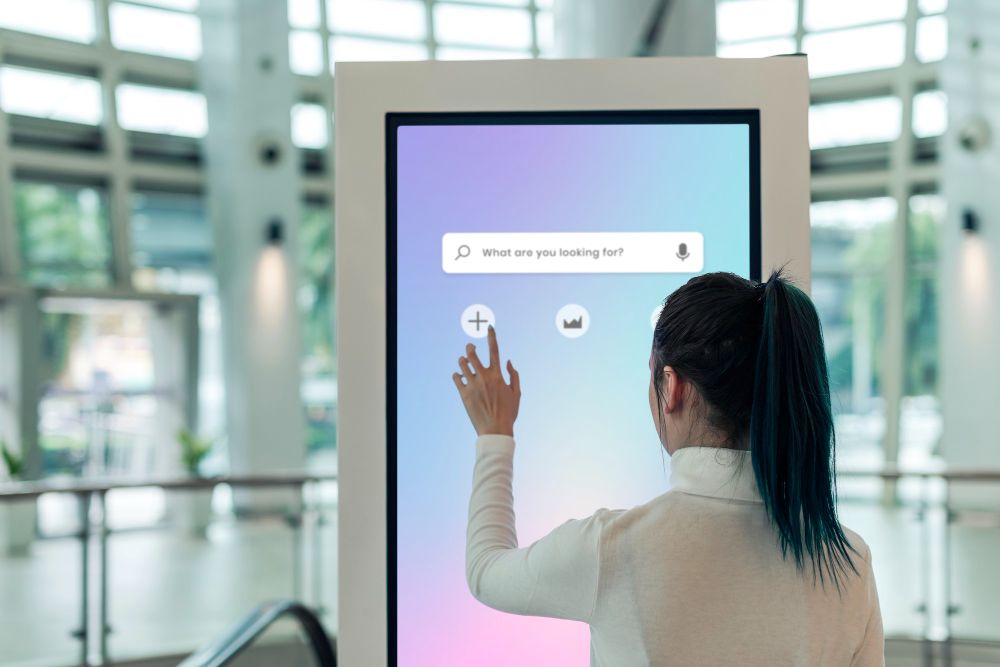Digital ordering kiosks first appeared in sectors where speed and efficiency are paramount. The fast-food industry, renowned for prioritising quick service and turnover, was among the pioneers to adopt this technology. These kiosks have enabled establishments to reduce queue times, increase order accuracy, and enhance customer satisfaction. Additionally, they have been instrumental in gathering consumer data, allowing businesses to tailor offerings and improve marketing strategies.
The technology behind digital kiosks has evolved from simple touch screens to sophisticated systems integrated with AI and machine learning. These advancements enable the kiosks to offer personalised greetings, remember previous orders, and suggest add-ons based on the customer’s ordering history, thereby increasing the average order value.
Technological Advancements
As technology advanced, so did the capabilities of digital ordering kiosks. By the mid-2010s, these kiosks featured high-definition displays, intuitive interfaces, and multi-language support, making them more accessible to a diverse customer base. Integration with digital payment systems also became standard, allowing for a smoother transaction process.
Integration with Broader Business Systems
One of the significant evolutions in the field of digital ordering kiosks has been their integration with broader business management systems. Modern kiosks are often part of an integrated system that includes inventory management, sales tracking, and customer relationship management (CRM) tools. This integration allows for real-time data analytics, which helps businesses understand consumer behaviour and adjust their offerings accordingly.
You may also like to read: Cloud-Based Tax Software: Benefits For Businesses
Impact on Business and Consumer Behaviour
The introduction of digital ordering kiosks has had a profound impact on both business operations and consumer behaviour. For businesses, kiosks have contributed to operational efficiency and increased sales through upselling and cross-selling features. For consumers, kiosks offer convenience and control over the ordering process, often leading to a more personalised experience.
Future Trends
Looking ahead, the future of digital ordering kiosks is likely to be shaped by further technological advancements such as artificial intelligence (AI) and machine learning. These technologies could enable kiosks to provide personalised recommendations based on past purchases or even predict what a customer might want based on time of day or weather conditions.
Additionally, as sustainability becomes a more pressing concern, future kiosks may also incorporate eco-friendly features, such as energy-saving modes or interfaces that promote plant-based or sustainable food choices.
Read also: How to Take Down a Fake Google Business Review
Conclusion
The evolution of digital ordering kiosks reflects broader trends in technology and consumer expectations. As these kiosks become more integrated with other business systems and technologies, they are set to redefine the customer experience further, making it more streamlined, personalised, and efficient. This evolution is not just about enhancing customer service; it’s also about driving business growth in a digital-first world.

